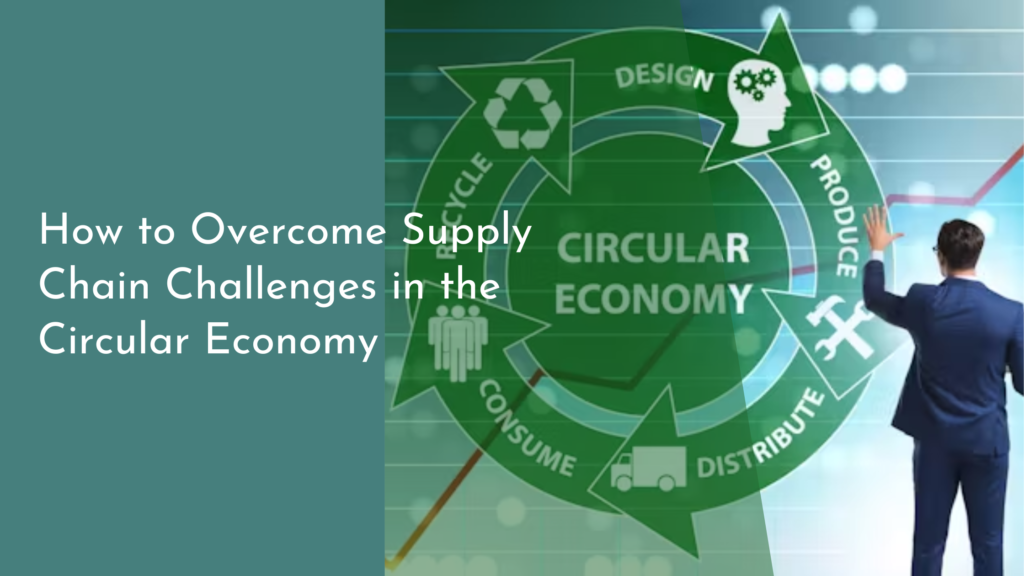The Impact of Fashion on the Environment and How to Change It
Fashion is an ever-evolving form of self-expression, creativity, and culture. However, the environmental toll of fashion is becoming increasingly difficult to ignore. The industry’s impact stretches from water pollution to waste generation and carbon emissions. But there’s good news: we are witnessing a shift toward more sustainable practices and choices. This article dives into the environmental footprint of fashion, explores the rise of sustainable initiatives, and offers practical tips for making eco-friendly fashion decisions, all while painting a hopeful picture of a greener fashion future.
Understanding Fashion’s Environmental Footprint
The fashion industry is one of the top polluting industries in the world, second only to oil. A significant portion of its environmental footprint stems from the production process, which often involves toxic chemicals, excessive water usage, and energy-intensive manufacturing. For instance, the dyeing and treatment of textiles can contaminate water supplies, while the cultivation of cotton requires vast amounts of water and pesticides. Furthermore, the synthetic fibers used in many garments are derived from fossil fuels, contributing to greenhouse gas emissions and non-biodegradable waste.
Fast fashion compounds this problem by promoting short-lived trends that encourage consumers to buy more frequently and discard items after minimal use. This results in textiles filling up landfills at alarming rates, with an estimated 92 million tons of waste generated annually. Additionally, the labor practices in fast fashion often exploit workers in developing countries, adding a human cost to the environmental damage. Understanding these issues is crucial to addressing fashion’s impact on our planet.
The Rise of Sustainable Fashion Initiatives
In response to growing awareness of fashion’s environmental impact, sustainable fashion initiatives have emerged to promote more ethical and eco-friendly practices. Brands are increasingly adopting sustainable materials like organic cotton, hemp, and recycled fibers, reducing reliance on non-renewable resources. Furthermore, innovative technologies are being developed to minimize waste and pollution, such as waterless dyeing techniques and closed-loop recycling systems that transform old garments into new fabrics.
Consumer demand is also driving change, with more individuals seeking out brands that prioritize transparency and sustainability. The rise of rental and second-hand clothing platforms, like Rent the Runway and ThredUp, reflects a shift towards reducing waste by extending the lifecycle of garments. These initiatives contribute not only to decreased environmental impact but also to a new narrative where fashion can be chic, affordable, and sustainable.
Practical Steps Toward Eco-Friendly Fashion Choices
As consumers, we play a vital role in reducing fashion’s environmental impact. One approach is embracing the "buy less, choose well" philosophy. By investing in high-quality, timeless pieces, we can reduce waste and minimize the demand for fast fashion. Additionally, opting for clothing made from sustainable materials and supporting brands with ethical practices can make a significant difference. Look for certifications like GOTS (Global Organic Textile Standard) and Fair Trade to ensure your purchases align with eco-friendly values.
Another practical step is to participate in clothing swaps and embrace second-hand shopping. Not only do these options offer unique finds and cost savings, but they also contribute to a circular fashion economy. Repair and upcycle clothes when possible to extend their life and reduce the need for new purchases. By making these conscious choices, we can collectively lower our carbon footprint and support a more sustainable fashion industry.
Embracing a Greener Fashion Future
The journey to a sustainable fashion future requires innovation, collaboration, and commitment from all stakeholders. Technological advancements, such as 3D knitting and fabric recycling, are promising pathways for reducing waste and creating closed-loop systems. Brands are increasingly collaborating with NGOs, governments, and consumers to create impactful changes across the supply chain. By fostering a culture of transparency and responsibility, the fashion industry can transition to more sustainable practices.
Individuals can contribute by advocating for policy changes and supporting legislation aimed at regulating environmental standards in the fashion industry. Educational campaigns and social media movements are raising awareness and inspiring action at a grassroots level. As both consumers and citizens, we can embrace a greener fashion future by staying informed, making mindful choices, and demanding accountability from the brands we support.
The impact of fashion on the environment is a pressing issue, but the growing awareness and action surrounding sustainable fashion offer hope for a brighter future. By understanding the challenges, supporting sustainable initiatives, and making conscious choices, we can all contribute to a more environmentally-friendly fashion industry. As we embrace sustainable practices, we not only protect our planet but also redefine fashion as a force for good. Together, we can transform the industry and step into a greener, more stylish future.


